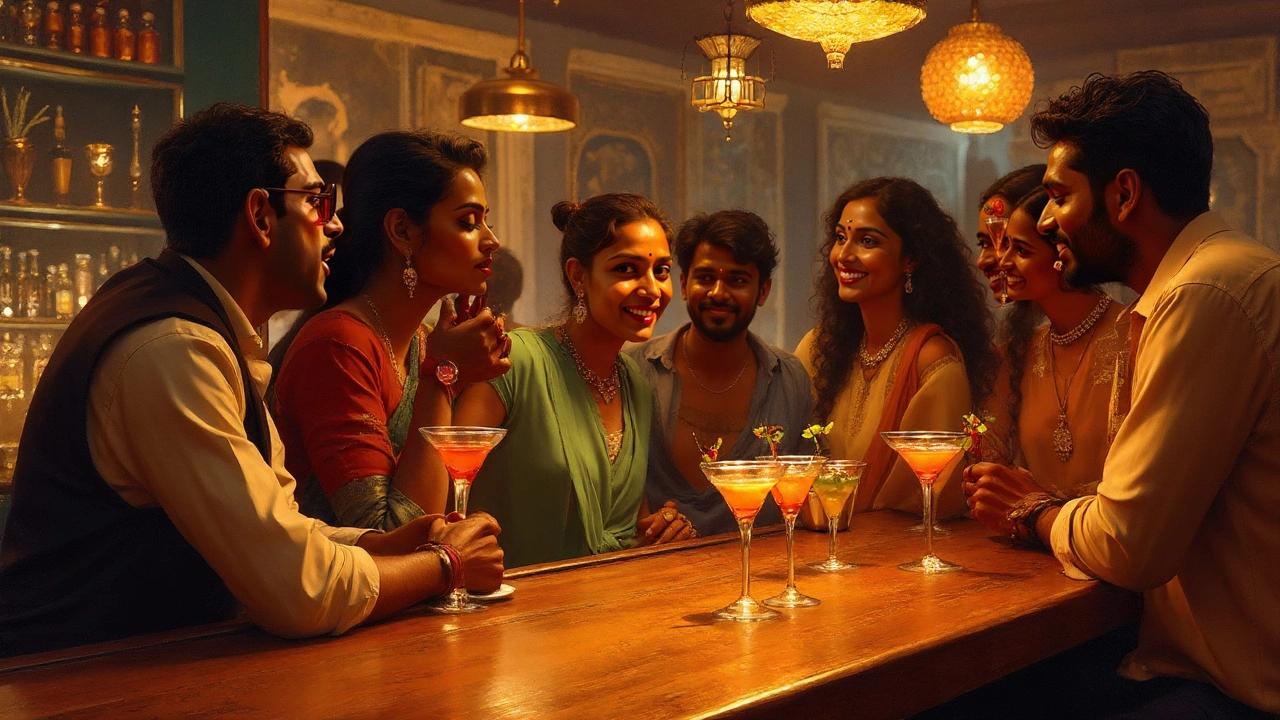
Order a Negroni at a busy bar, and you can spot a real bartender by the nod they give. Some cocktails never fade into the drink-world shadows—they stick around because they just work. There's something magnetic about the classics. They're the drinks that built bars, stories, and entire evenings. But what makes a cocktail classic? It’s not just about age—it’s about staying power, balance, and that little moment of surprise that comes from a perfect pour.
What Defines a Classic Cocktail?
Classic cocktails are the backbone of any good gathering, but the label ‘classic’ isn’t tossed around lightly. These are not just drinks people used to like—they’re drinks people still crave because of their flawless construction or endless adaptability. The origins of these drinks trace back decades (sometimes over a century), and they haven’t changed much since then. Bartenders from New York to Tokyo—they all know these recipes by heart. Think about how an Old Fashioned, invented in the 1800s, can still hold its own on any modern menu. That’s classic.
Let’s get nerdy for a second. What do the ‘big 10’ classic cocktails have in common? Three ingredients, usually. Spirit, sweetener (like vermouth or simple syrup), and a bitter or citrus note. But while that might sound simple, there’s a tightrope walk to making a drink balanced. Stir too much, the drink gets watered down. Shake too hard, you lose that silky texture. Don’t even get me started on the dangers of doubling up the fruit juice. As David Wondrich says in his book Imbibe!,
"The best cocktails, no matter the era, are the ones that don’t try too hard to hide their spirit—they want you to know what you’re drinking."That’s why the classics last: they have nothing to hide.
But isn’t there more to it? Yes. These cocktails also tell stories. Order a Sazerac, and you're sipping a piece of New Orleans history. Call for a Martini, and you’re in every Bond film ever. Each recipe blends technique, history, hops (okay, not literally!), and more than a dash of personal flair. Whether they were shaped by Prohibition, jazz clubs, Hollywood, or simple home experimentation, these drinks travel with us through time.
If you find yourself overwhelmed by today’s wild mixology trends—herb smokes, molecular foams, and four-page drink lists—coming back to these standards is like a warm hug. You know what to expect, but they still manage to surprise you. That’s the trick: with simple tweaks—change the gin, swap the bitters, try a new garnish—the classics adapt, but never break. Here’s something useful: if you ever want to impress a bartender, skip the fancy house specials and see how they pour a classic. It’s like testing a chef with a plain skillet. If they nail a Daiquiri, you’re in the right hands.
Most important, these drinks are forgiving—if you mess up a bit, they’ll still taste pretty good, as long as you use decent spirits and measure properly (get yourself a jigger!). So, whether you’re prepping your home bar or just want to decode the next cocktail menu you read, knowing these time-tested drinks is your secret party weapon.
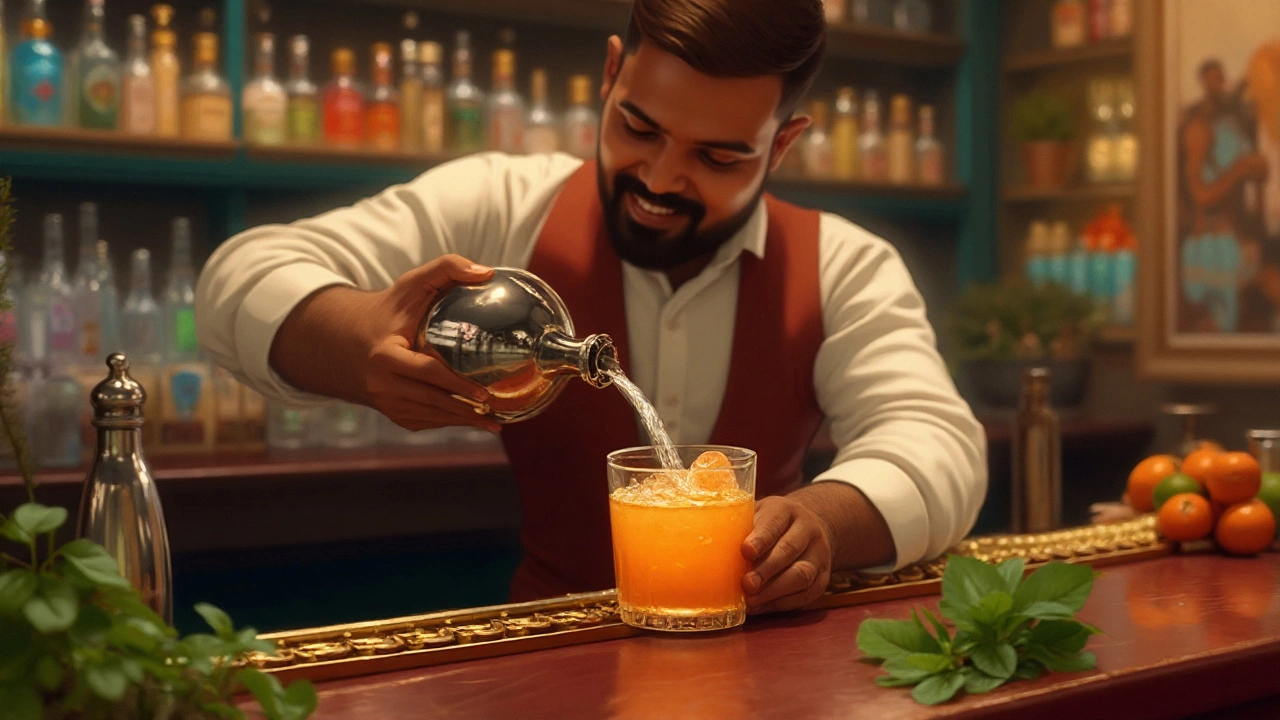
The Top 10 Classic Cocktails: Recipes and Stories
So, what cocktails actually make the list? Ask five bartenders, and you’ll get six answers. But after years behind bars and plenty of nights out, these ten rise to the top, and there’s a solid reason for each. I’m talking about the drinks that have been argued, written about, and reinterpreted endlessly. It's not playing favorites; it's giving the classics their due.
- Old Fashioned: Bourbon (or rye), sugar, Angostura bitters, orange twist. Born in the early 1800s, it’s as close to the original idea of a ‘cocktail’ as you can get. Pro tip: never muddle the fruit, just twist the orange peel over the glass for aroma.
- Martini: Gin (or vodka), dry vermouth, olive or lemon twist. Everyone argues: shaken or stirred? James Bond says shaken, but most bartenders agree—stir it for clarity and silkiness.
- Negroni: Gin, Campari, sweet vermouth, orange garnish. Simple, bitter, endless variations (try a Boulevardier with whiskey instead of gin). Legend says it was invented when Count Negroni asked for more oomph in his Americano.
- Margarita: Tequila, Cointreau (or triple sec), lime juice, salt rim. Born in the 1930s or ‘40s—depending who you ask—this drink has survived because of its unbeatable balance of tart, sweet, and salty.
- Daiquiri: White rum, lime juice, simple syrup. Forget the frozen versions with umbrellas; a well-made Daiquiri is shockingly refreshing and never comes out of a blender.
- Manhattan: Rye (or bourbon), sweet vermouth, Angostura bitters, cherry. Created at New York’s Manhattan Club in the 1870s, this one has big-city confidence in a glass.
- Mojito: White rum, lime, mint, sugar, soda water. Breezy, light, and totally Cuban, this is your go-to summer crowd-pleaser. Always spank (not shred) the mint—trust me, it makes a difference.
- Whiskey Sour: Whiskey, lemon, simple syrup, sometimes an egg white. The egg white is not for show; it gives the drink a velvet foam that hugs every sip.
- Cosmopolitan: Vodka, Cointreau, cranberry, lime. Carrie Bradshaw’s favorite, but it actually first showed up in Miami and San Francisco cocktail bars in the ‘80s and ‘90s before Sex and the City made it a star.
- Sazerac: Rye, sugar, Peychaud’s bitters, absinthe rinse, lemon peel. Possibly the oldest ‘branded’ cocktail, straight out of 1850s New Orleans. Drink it slow—the absinthe aroma transforms the rye in wild ways.
What ties these all together? Balance, simplicity, and roots that go deep. Each has a basic template that you can play with. Want to jazz up your Daiquiri? Add a splash of St. Germain or muddle some berries. Too bitter? Dial down the Campari in your Negroni. Want your Margarita less boozy? Up the lime and toss in a whisper of agave. The point is, these are blueprints, not handcuffs.
One more secret: ice matters. Really. The right size cube, frozen clear, means less dilution and more flavor. If you take your classic cocktails seriously, grab a silicone ice mold and ditch the fridge tray forever.
Here’s a quick data rundown to settle any friendly bets about which of these are ordered the most:
| Cocktail | Origin Era | Typical Spirit | 2024 Global Rank* |
|---|---|---|---|
| Old Fashioned | 1800s | Bourbon/Rye | 1 |
| Negroni | 1919 | Gin | 2 |
| Martini | Late 1800s | Gin/Vodka | 3 |
| Margarita | 1930s-40s | Tequila | 4 |
| Daiquiri | 1898 | Rum | 5 |
| Manhattan | 1870s | Rye/Bourbon | 6 |
| Mojito | 1930s | Rum | 7 |
| Whiskey Sour | 1860s | Whiskey | 8 |
| Cosmopolitan | 1980s | Vodka | 9 |
| Sazerac | 1850s | Rye | 10 |
*Source: Drinks International 2024 Cocktails Report
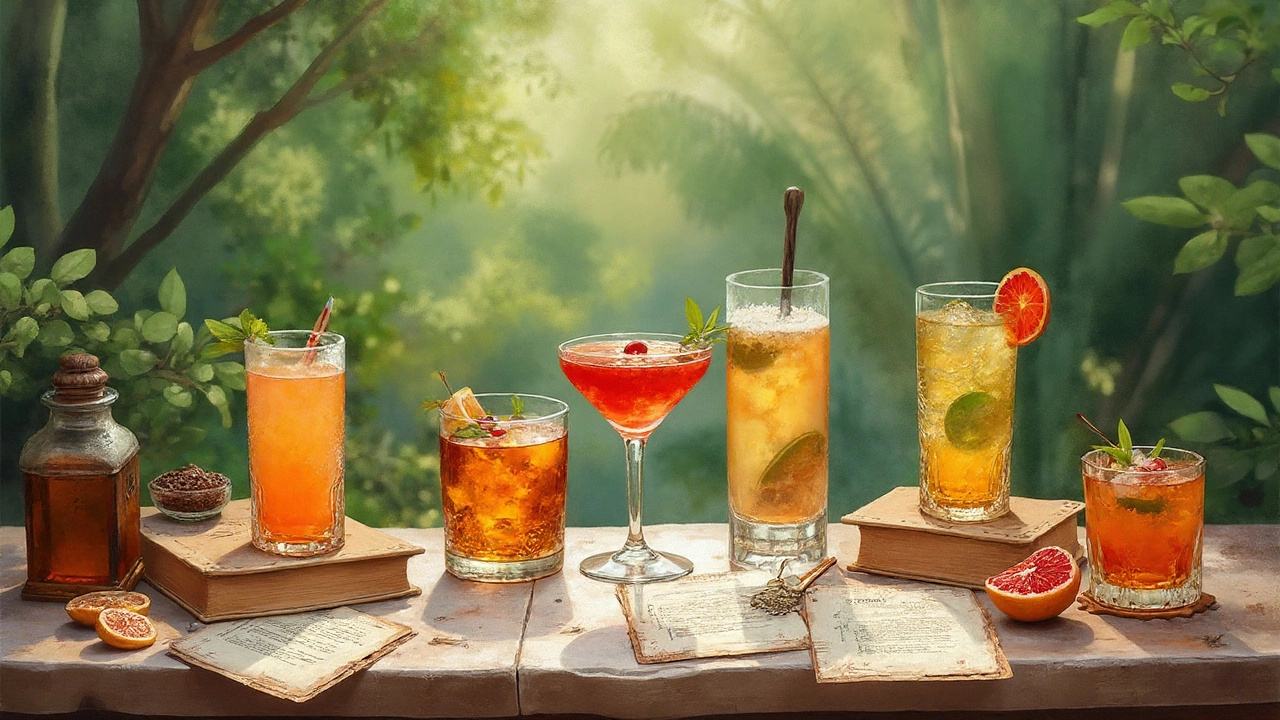
Expert Tips for Making the Perfect Classic Cocktail
The dream: making these drinks so well, friends start texting you for recipes and neighbors drop by “just to say hi.” The trick isn’t magic—it’s a mashup of good habits, smart shopping, and choosing flavor over flashiness. Here’s my favorite list of tried-and-true tips, stolen from pro bartenders and countless accidental ‘taste tests’—all aimed at making you the go-to for classic cocktails.
- Good spirits matter most. If you only splurge on one part, make it the alcohol. Cheap spirits can’t hide behind citrus and sugar. You don’t need the priciest bottle, but do grab something decent (Evan Williams bourbon for an Old Fashioned, Beefeater for a Negroni, Espolòn for your Margarita—the difference shows up in every sip).
- Fresh juice always wins. That bottle of lime juice you found in the back of your fridge? Let it go. Fresh-squeezed is the one upgrade that makes even the most basic drink shine.
- Same goes for garnishes. Oranges, limes, lemons—always cut fresh and use the zest. Those essential oils on the peel? They transform the drink’s aroma and taste in seconds.
- Measure everything. Free-pouring is fun on TikTok, but classics are all about proportion. Grab a small jigger. Try 2:1:1 (spirit, citrus, sweet) as your starting ratio for sours, then tweak to taste.
- Ice, ice, baby. The right ice doesn’t just chill; it controls dilution. The bigger and clearer, the better (good water, boiled first, does wonders for clarity). Store-bought cubes beat freezer ones, but specialty molds rock for at-home bars.
- Glassware is the showstopper. Chilled glasses keep drinks cold and cone-shaped glasses (like for Martinis) keep flavors on your nose. Rinse with ice and water, shake dry, then pour.
- Learn to stir and shake properly. Stir for silky, spirit-only drinks (think Old Fashioned, Manhattan). Shake anything with juice, eggs, or dairy (Daiquiri, Whiskey Sour)—and shake it like you mean it! About 15 seconds until the shaker is frosty.
- Don’t be afraid to experiment. The classics are forgiving—play with ratios, try a different vermouth, add a dash of new bitters. Just make a note if your experiment is a winner—you’ll want to recreate it.
- Batching is your friend. Making drinks for a group? Mix the spirits and liqueurs ahead, then pour over ice and add fresh juice and garnish to each glass as you serve.
- Bring out the bitters. Don’t skip them—they’re the secret depth-charge of classic cocktails. Keep Angostura and Peychaud’s close.
My last piece of advice? Your favorite classic cocktails might not even be on this top-10 list, and that’s totally fine. Classics are living, growing, and always just a shake away. So celebrate their history, but don’t be afraid to make them your own. That well-balanced blend in your glass is proof that sometimes, the old ways really are the best ways.

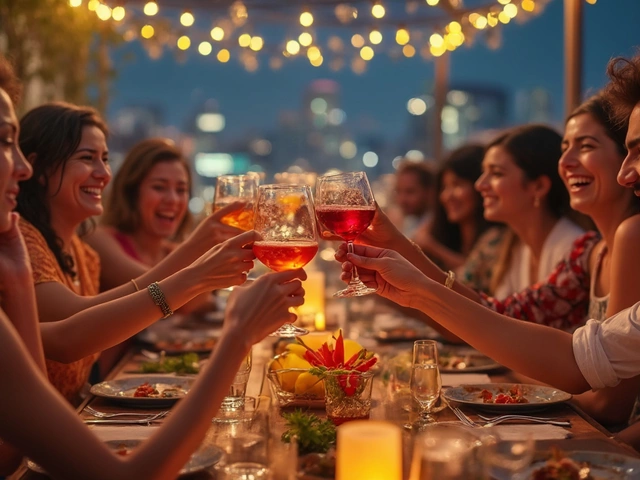
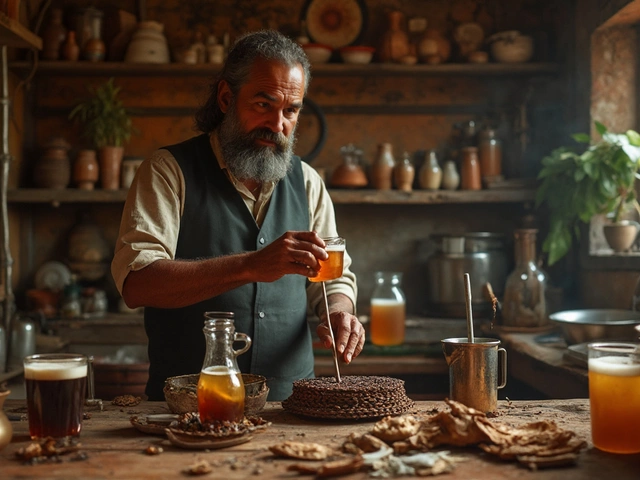
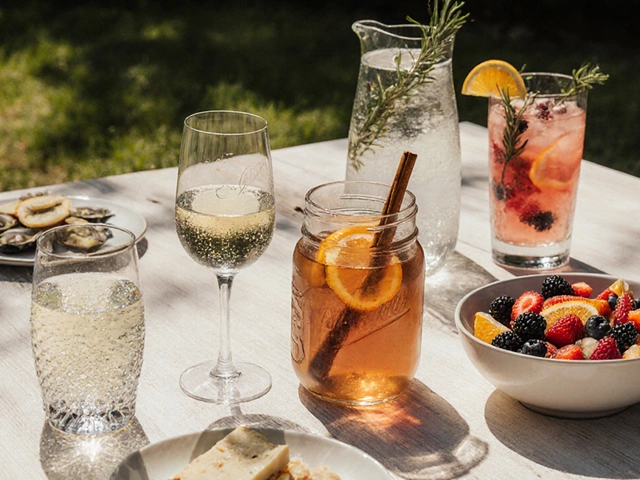
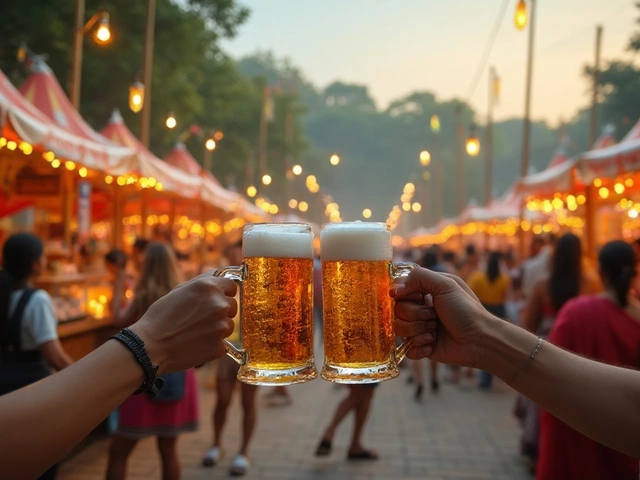
Categories